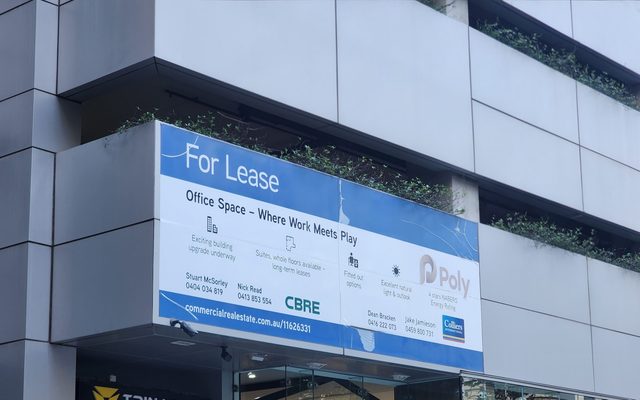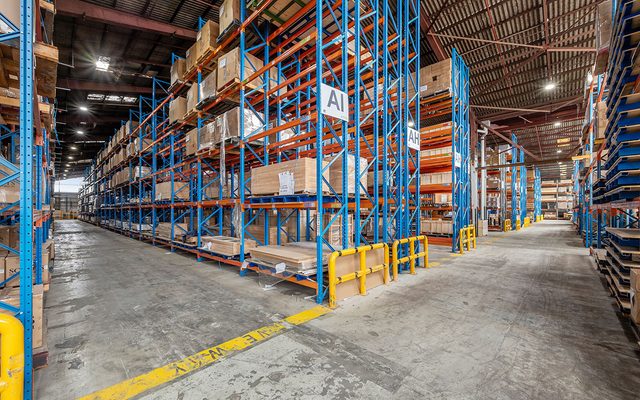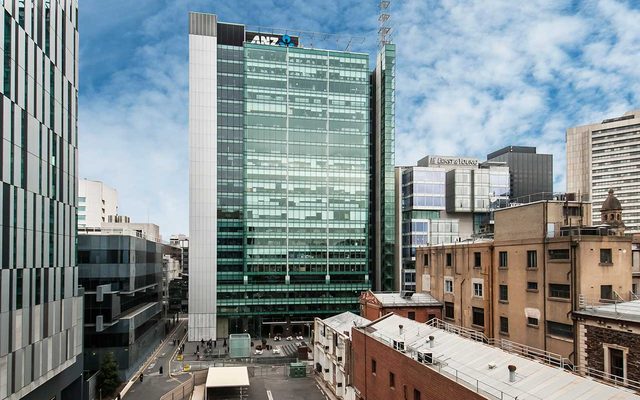This article is from the Australian Property Journal archive
CAPITAL values for office real estate in Perth is forecast to more than double in the next five years, backed by the ongoing mining boom and strong rental growth, according to CB Richard Ellis.
CBRE global research and consulting manager Luke Nixon said Perth and Adelaide have witnessed the strongest capital value growth in Australia over the past five years and values in Perth is expected to more than double between 2005 and 2014.
“With the worst of the global financial crisis mostly likely over, the shape of the recovery in the region’s CBD office markets is of paramount importance as the major players in the market try to establish which cities are poised to take the greatest advantage of the turnaround in demand,” Nixon said.
Nixon said yields will tighten over the next five years as capital flows return to the market and investment activity increases.
However, he said it is rental growth that is expected to have the greatest effect on capital values during the next swing in the property market.
|
Capital Value index |
||||||
|
Sydney |
Melbourne |
Brisbane |
Perth |
Adelaide |
Canberra |
|
|
2005 |
100 |
100 |
100 |
100 |
100 |
100 |
|
2006 |
131.4281 |
120.2939 |
161.2443 |
144.1595 |
130.1012 |
121.0974 |
|
2007 |
158.4772 |
150.0152 |
217.1461 |
209.4925 |
165.776 |
149.3853 |
|
2008 |
136.5927 |
140.0228 |
164.5086 |
231.8162 |
132.3744 |
129.0944 |
|
2009 |
116.249 |
127.3541 |
136.1553 |
179.5324 |
135.8558 |
113.4254 |
|
2010 |
122.7608 |
137.0155 |
128.8029 |
180.5626 |
147.4183 |
114.6792 |
|
2011 |
146.3291 |
146.8806 |
132.9578 |
186.9319 |
157.6878 |
118.7959 |
|
2012 |
157.8187 |
169.3166 |
144.8277 |
186.7337 |
173.6804 |
124.4126 |
|
2013 |
159.3969 |
173.8881 |
153.4501 |
191.979 |
182.5381 |
137.5018 |
|
2014 |
177.611 |
192.8 |
162.3162 |
208.4119 |
196.1676 |
148.502 |
The CBRE report highlights that demand is beginning to return to Australia’s six major CBD office markets as the sector moves into a post GFC recovery phase and that this is already translating to rental growth in some markets.
Melbourne is also expected to be a strong performer over this period followed by Sydney, with Brisbane and Canberra as the laggards.
CBRE’s national director of office services James Patterson said since the beginning of 2010 the Perth and Melbourne markets have been clear out performers with net absorption totalling 2.5% (36,555 sqm) and 1.7% (68,996 sqm) respectively.
He added that the absorption in prime grade buildings was even higher with 226,834 sqm of net absorption over the same period across the major capital city markets.
“This is a clear indication that tenants are taking the opportunity to relocate to higher quality premises to take advantage of attractive rental deals,” he continued.
Overall the net absorption for Sydney, Melbourne, Perth, Adelaide, Brisbane and Canberra was 176,566 sqm in the first half of the year – the strongest result in several years.
Looking ahead, CBRE is forecasting annual net absorption to average 295,000 sqm per annum over the next five years, with absorption in Sydney and Perth expected to be double that witnessed over the past five years.
That growth will be driven by strong white collar employment, according to Paterson.
“Sydney will lead the way, with strong net absorption in 2011 expected to see rents in the CBD surpass those in Perth which will restore Sydney to its position as the most expensive office market in the region.
“Strong rental growth is also expected in Adelaide and Melbourne over the next five years. Canberra and Brisbane, however, have a less positive rental outlook as both markets will struggle with vacancy rates of above 10% in the short-term,” he added.
|
Gross effective rent index |
||||||
|
Sydney |
Melbourne |
Brisbane |
Perth |
Adelaide |
Canberra |
|
|
2005 |
100 |
100 |
100 |
100 |
100 |
100 |
|
2006 |
113.252 |
106.3205 |
134.5795 |
138.7563 |
110.3076 |
107.8662 |
|
2007 |
136.2541 |
128.8259 |
174.0528 |
193.7465 |
120.1773 |
118.0383 |
|
2008 |
132.4136 |
133.7207 |
155.7211 |
240.7147 |
131.7274 |
111.1098 |
|
2009 |
112.0497 |
120.5587 |
117.8169 |
186.7861 |
135.397 |
101.1427 |
|
2010 |
121.7735 |
130.4696 |
104.7254 |
168.2095 |
138.2071 |
93.11387 |
|
2011 |
148.9353 |
141.4158 |
106.8796 |
167.2294 |
143.973 |
100.2343 |
|
2012 |
161.366 |
155.8904 |
110.5229 |
161.1977 |
152.1357 |
101.3218 |
|
2013 |
163.4863 |
161.6389 |
114.5186 |
169.2621 |
161.4667 |
110.7104 |
|
2014 |
173.8469 |
174.9203 |
119.8104 |
186.8779 |
168.2751 |
112.9802 |
Nixon said that rental growth forecasts for Australia’s CBD office markets appeared to follow one of two trends.
“Between 2005 and 2014, gross occupancy costs in Adelaide, Melbourne, Perth and Sydney are expected to increase by between 68% and 87% as these markets won’t be affected by oversupply. Conversely, in Brisbane and Canberra where supply levels were higher during the Global Financial Crisis occupancy costs are only expected to grow by 13% and 20% respectively over the same period,” Nixon said.
The overall outlook is for a supply led revival in the major office markets, given the restrictions on lending which have proven effective in limiting supply levels during the GFC.
As a result, Patterson said the rental recovery was likely to be swift with Sydney set to lead the way from 2011 as tenants sought to take advantage of new supply as it became available.
Three large Sydney towers are scheduled for completion during the year to December 2011comprising the 64,235 sqm Commonwealth Bank pre-committed Darling Walk, DEXUS Property Group’s 42,000 sqm 1 Bligh Street and the 29,579 sqm refurbishment of 20 Bond Street.
Australian Property Journal



